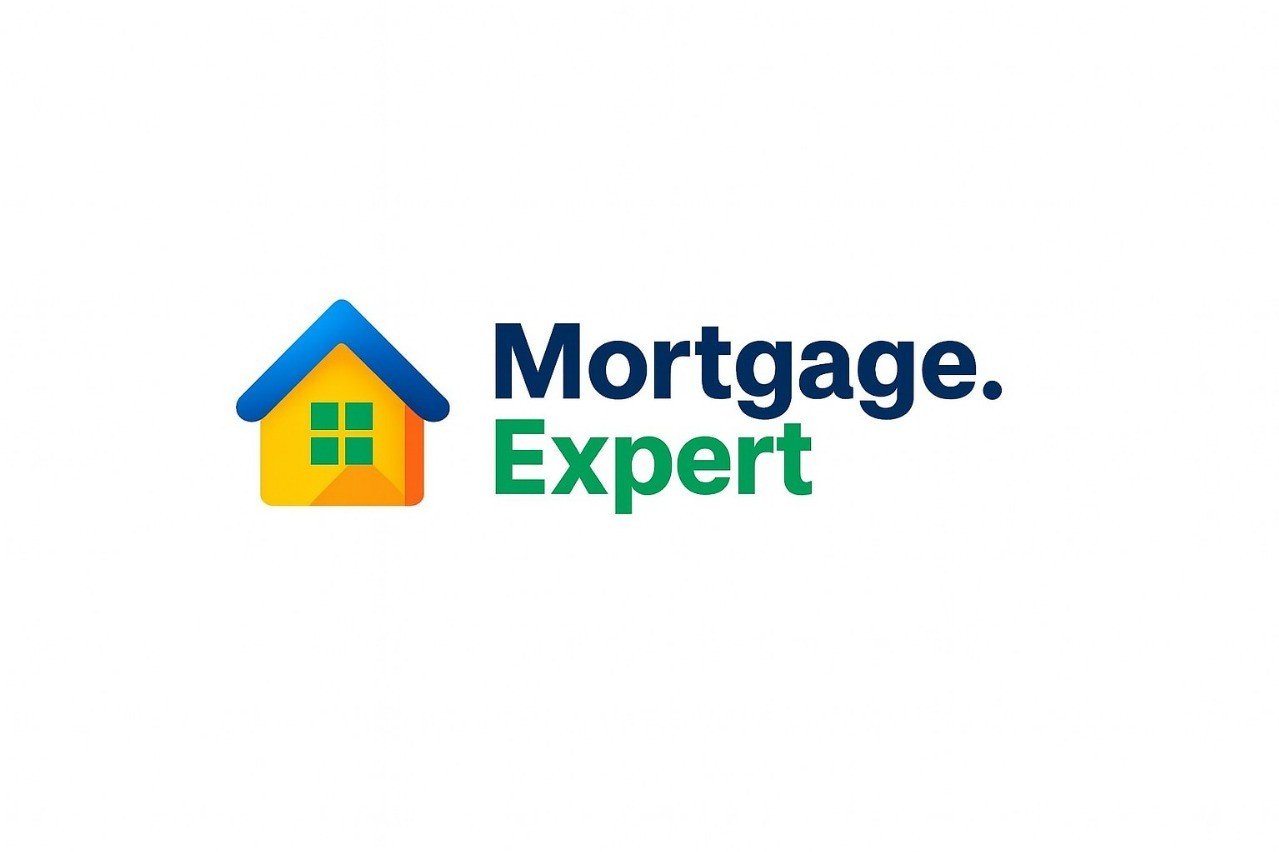
5 Money Tips for Millennials To Pay Down Credit Card Debt
If you’re a millennial struggling with credit card debt, you’re far from alone. Despite earning more than previous generations, millennials in Canada are carrying heavier debt loads than ever — and credit card balances are a big part of that story.
But here’s the good news: with the right approach, you can pay it off and take back control. Whether you’re juggling student loans, high living costs, or just trying to stay afloat, this guide will walk you through practical tips that actually work for real life.
Let’s dive into why millennials are dealing with so much debt — and five smart ways to finally get ahead of it.
Millennials Make More… But Owe Even More
Yes, millennials typically earn more than their parents did at the same age. But they’re also saddled with record-breaking debt.
According to Statistics Canada, the average debt-to-income ratio for millennials hit 216% in 2016 — nearly double that of Gen-Xers in 1999. That means for every dollar of after-tax income, millennials owe over two dollars.
So what’s behind this spike?
Why Are Millennials Carrying So Much Debt in Canada?
Let’s break it down.
1. Higher Education Costs
Degrees are more expensive than ever. Even with student loans and financial aid, many millennials graduate with tens of thousands in debt — and credit cards are often used to fill the gap.
2. Expensive Housing Market
Buying a home is a financial stretch in almost every Canadian city. With house prices outpacing wage growth, many millennials rely on credit to handle everything from rent to renovation dreams.
3. The Millennial Wealth Gap
Wealth is increasingly concentrated in the hands of a small few. Stats Canada reports that the top 10% of millennials own over half of the generation’s total net worth. That leaves many millennials without the financial cushion previous generations had.
4. Growing Credit Card Reliance
The average Canadian carried about $4,300 in credit card debt in 2019 — but millennials bear a disproportionate share. With inflation driving up everyday expenses, many are leaning on plastic to stay afloat.
📊 Millennial Debt Breakdown by Type (Canada – 2025)
Here’s a snapshot of how debt is distributed among Canadian millennials aged 25–40 in 2025. Mortgages remain the largest category, but credit card and student loan balances are still significant.
| Debt Type | Average Balance | % of Total Debt |
|---|---|---|
| 🏠 Mortgage | $298,000 | 72% |
| 🎓 Student Loans | $24,000 | 14% |
| 💳 Credit Cards | $8,200 | 7% |
| 🚗 Auto Loans | $16,000 | 6% |
| 📱 Other (BNPL, lines of credit) | $3,500 | 1% |
5 Practical Money Tips to Pay Down Credit Card Debt
If you’re feeling overwhelmed, don’t panic. These five tips are simple, actionable, and designed to help you make real progress — even if you’re starting small.
1. Start With a Budget That Actually Works
Before you can pay down debt, you need to understand your money.
Try the 50/30/20 rule:
- 50% of your income goes to needs (housing, groceries, bills)
- 30% goes to wants (eating out, entertainment)
- 20% goes toward debt repayment and savings
This method gives you a structure without being too restrictive. Bonus tip: track your spending for 30 days using a simple spreadsheet or budgeting app — it’s eye-opening.
2. Focus on One Debt at a Time (Snowball or Avalanche)
You’ve probably got multiple cards or loans. The key is to tackle them strategically.
Debt avalanche: Pay off the highest interest rate debt first.
Debt snowball: Pay off the smallest balance first to build momentum.
Both methods work — just choose one and stick with it. Consistency is more important than perfection.
3. Always Pay More Than the Minimum
It’s tempting to only make the minimum payment, but this keeps you stuck in the cycle. Try to put extra cash — even $50 — toward your balance each month.
Why it matters:
- You’ll pay less interest overall
- You’ll be debt-free sooner
- It helps improve your credit score faster
Set up automatic payments if you can, so you’re always hitting more than the minimum.
4. Never Miss a Payment
Late payments = late fees + interest + a hit to your credit score.
Avoid the mess by setting up reminders or auto-pay for your credit card bills. Even if you’re only making the minimum, paying on time helps protect your credit profile.
Pro tip: If you’re struggling, call your credit card issuer. You might be able to negotiate a lower interest rate or a modified payment plan.
5. Consider Consolidating Your Debt
Debt consolidation can make your life easier — and cheaper.
This involves rolling your high-interest debts into a single monthly payment, often at a lower interest rate. You could use a:
- Personal loan
- Balance transfer credit card
- Line of credit
Just be sure to read the fine print. Some offers come with fees or short-term promotional rates.
💳 When to Consider Credit Card Consolidation
Consolidating your credit card debt can be a smart move — but only in the right situations. Here’s when it makes sense, and what to watch out for.
✅ Pros of Consolidation
- Lower interest rate than existing cards
- One easy monthly payment
- Can improve credit score with on-time payments
- Faster debt payoff if managed wisely
- Peace of mind from simplified finances
⚠️ Cons of Consolidation
- May require strong credit to qualify
- Fees may apply for balance transfers or new loans
- Doesn’t fix overspending habits
- Temptation to re-use cleared credit cards
- Missing payments can hurt credit further
FAQ: Millennials & Credit Card Debt
What percentage of millennials are in credit card debt?
Roughly 87% of millennials in Ontario reported having credit card debt in 2021, according to Hoyes, Michalos & Associates.
Which age group has the highest credit card debt in Canada?
Millennials top the list, holding more credit card debt than Gen-X or Baby Boomers.
What’s the best way to pay off credit cards as a millennial?
Start with a solid budget, use the snowball or avalanche method, make more than the minimum payment, always pay on time, and explore consolidation options.
Final Thoughts: You Can Do This
Paying off credit card debt isn’t just about numbers — it’s about freedom and peace of mind. And while millennials may be facing bigger financial challenges than generations before, that doesn’t mean debt has to define your future.
With a few smart habits and a bit of patience, you can build a solid foundation, improve your credit score, and breathe easier knowing your money is working for you — not against you.
You’ve got this. And if you need help figuring out the next step, we’re always here.
Take Control of Your Financial Future With Mortgage.Expert
Whether you’re paying down debt or planning for your first home, we can help you make smarter financial decisions — from finding better mortgage rates to building credit strategies.
✅ Book a free chat with a financial coach
🔍 Compare debt-friendly mortgage options
🧰 Explore budgeting tools and rate calculators
Stuck with a Mortgage Decision?
Don’t stress — our team is here to help. Reach out for free, no-obligation guidance.
Contact the Experts



